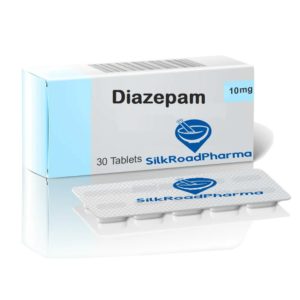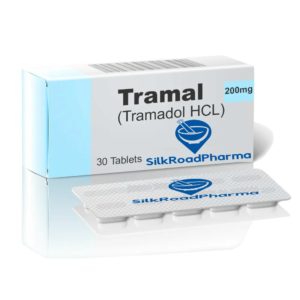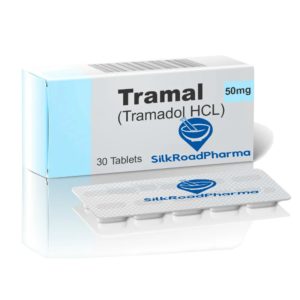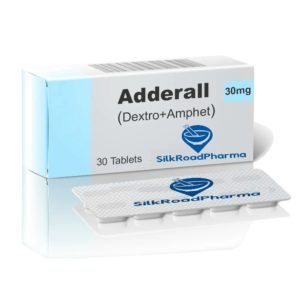Pain Killer

Painkillers are the most commonly abused prescription drugs. Below are some of the commonly used of the most addictive types of painkillers. Some of them have received copious amounts of media attention due to high-profile celebrities becoming addicted to them after medical procedures.
Here is a list of commonly abused prescription painkillers:
- Stadol – The generic name for this drug is Butorphanol, and it is taken as a nasal spray or in an injectable solution. It is prescribed to treat moderate to severe pain and has side effects including skin rash, anxiety, breathing problems, confusion, and ringing in the ears.
- Demerol – The generic name for Demerol is Meperidine. Demerol is taken orally as a pill or in an injectable solution. It helps relieve moderate to severe pain and has side effects of this addictive pain medicine including skin rash, wheezing, fainting, hallucinations, and seizures.
- Fentanyl – Prescribed to patients who have taken other pain medications for at least a week and need additional pain relief. It is taken as a lozenge, an injectable solution, or as a patch applied to the skin. It is often prescribed to treat intense cancer pain that other pain medications are not strong enough for. It has side effects such as breathing problems, confusion, hallucinations, and irregular heartbeat.
- OxyContin – Made of Oxycodone, OxyContin is one of the most popular addictive painkillers. It is also one of the most prescribed ones for moderate to severe pain. It has fewer side effects than similar addictive pain pills but can include breathing difficulties, confusion, and light-headed feelings. It is taken as a tablet.
- Percocet – These addictive pills are a form of Oxycodone and Acetaminophen and is also commonly prescribed for moderate to severe pain. This addictive painkiller has similar side effects to OxyContin and can also cause stomach pain, yellowing of the skin, and skin rash.
- Vicodin – A narcotic pain reliever that is typically only prescribed for severe pain caused by an injury or disease. Some users develop a tolerance to this drug, which has the potential to develop into a prescription drug addiction. Many who abuse Vicodin may even abuse anywhere from 20 to 30 pills on a given day; some consume even more.
- Lorcet – A narcotic analgesic that is a combination of acetaminophen and hydrocodone. This commonly abused painkiller puts a person at significant risk of developing an addiction that can form as soon as or even before a month of abuse.
These are only a small amount of the many prescription painkillers that are often abused.
Side Effects of Painkiller Abuse
Those who abuse painkillers put themselves at high risk for a variety of physical side-effects. Some of these health effects include:
- Addiction
- Depression
- Insomnia
- Constipation
- Nausea and Vomiting
- Severe mood swings
- Liver damage
- Small pupils
- Respiratory depression
- Deadly overdose or combination of drugs
The side effects of painkiller abuse do not end with the physical effects but go on to affect every aspect of the person’s life. Addicts and abusers are put at risk of experiencing financial struggles due to the high cost of keeping up with an expensive habit, as well as the risk of losing their job. Another aspect of a person’s life that is affected is their relationships.
Prescription painkillers are powerful drugs that are highly beneficial for those suffering from chronic pain. In reality, most people who take these prescription medications do not become addicted, and it is better to treat chronic pain with them rather than to forgo medication because of the fear of addiction. The key is to realize that these most addictive types of painkillers carry the risk of dependency and the risks need to be managed by carefully controlling dosages and watching for signs of addiction.
Signs Someone May Be Addicted to Opiates
Do you know how to tell if someone is high on painkillers?Noticing the signs and symptoms of a person addicted to painkillers is not always an easy task. These signs and symptoms will vary from person to person and some are rather good at hiding their addiction.
A few common signs are if a person is:
- Refilling their prescription drugs more frequently than as directed
- Going to a multitude of doctors to obtain multiple prescriptions; a practice known as doctor shopping
- Distancing themselves from family and friends, to spend time alone.
- Spending money quickly and with no reasonable explanation for going through it so quickly
- Changes in mood or experiences mood swings
- Missing work or neglecting obligations
If someone suspects their loved one has an addiction to one of these most addictive types of painkillers, it is highly recommended that they seek professional addiction treatment help to ensure their recovery and safety. Professional rehabilitation centers provide supervised withdrawal and treatment programs that give the client all that is needed to enjoy sobriety and be forever recovered.



















